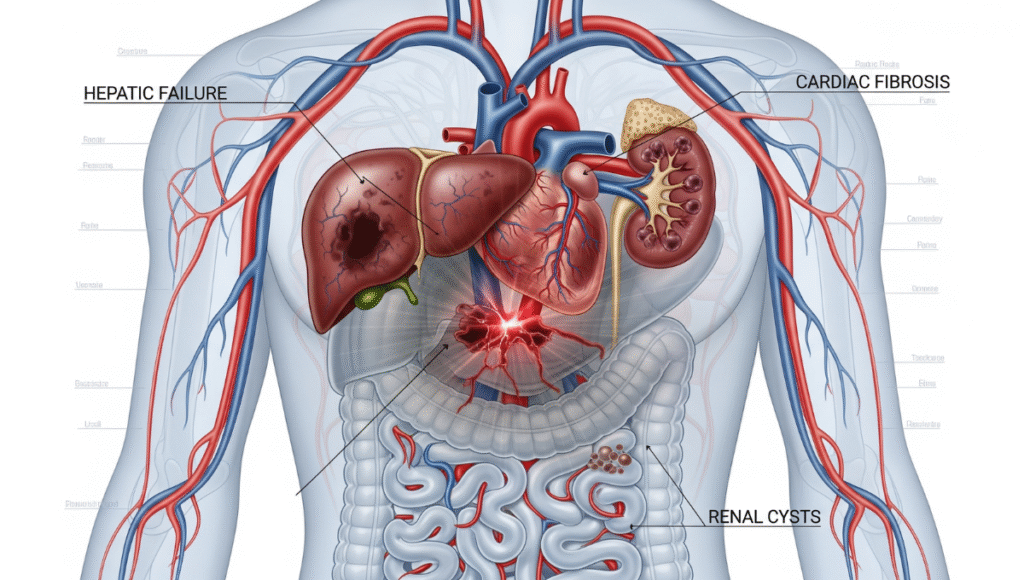Medical conditions often vary in severity, with some remaining mild and manageable while others can progress into life-threatening illnesses. Ozdikenosis is one such condition that has drawn growing concern due to its potential fatal outcomes. While the term may sound complex, understanding how and why Ozdikenosis becomes fatal is crucial for awareness, early detection, and proper medical intervention.
What Is Ozdikenosis?
Ozdikenosis is described as a rare and progressive disorder that affects multiple systems of the body. In its early stages, symptoms may appear mild, often resembling more common health issues such as fatigue, pain, or difficulty breathing. However, what makes Ozdikenosis dangerous is its tendency to spread rapidly and impact critical organs, including the heart, lungs, and nervous system.
Why Can Ozdikenosis Become Fatal?
Several factors contribute to the fatal nature of Ozdikenosis:
1. Organ Failure
As the condition advances, it begins to compromise the function of essential organs. The heart may weaken, the lungs may struggle to process oxygen efficiently, and the body as a whole may become unable to maintain balance. Organ failure is one of the leading causes of death in Ozdikenosis patients.
2. Rapid Progression
Unlike other chronic illnesses that develop slowly, Ozdikenosis can escalate quickly if left undiagnosed. This rapid decline often leaves patients with little time to seek treatment, increasing the likelihood of fatal complications.
3. Weakened Immune System
The disease often suppresses the immune response, making individuals more vulnerable to infections. Opportunistic infections, which might otherwise be treatable, can become deadly in someone weakened by Ozdikenosis.
4. Complications from Treatment Delays
Because Ozdikenosis is not widely known, it is sometimes misdiagnosed. This delay in proper treatment allows the condition to worsen, reducing survival rates significantly.
Risk Factors Associated with Ozdikenosis
Certain elements may increase the risk of developing fatal complications:
-
Genetic predisposition
-
Underlying health conditions (heart disease, respiratory disorders, diabetes)
-
Age (older patients are more vulnerable)
-
Delayed diagnosis and treatment
Can Ozdikenosis Be Prevented or Managed?
Currently, there is no universal cure for Ozdikenosis, but early intervention and supportive care can improve quality of life and extend survival. Treatments often focus on:
-
Strengthening the immune system
-
Managing organ function with medication and therapy
-
Lifestyle adjustments such as proper diet, stress reduction, and exercise (when possible)
-
Regular monitoring to catch progression early
Final Thoughts
Ozdikenosis becomes fatal primarily because of its rapid progression, impact on vital organs, and difficulty in early detection. Raising awareness of the condition, its symptoms, and its risks is an important step in combating its deadly nature. While medical research continues, early recognition and proactive care remain the strongest tools in reducing fatal outcomes.

